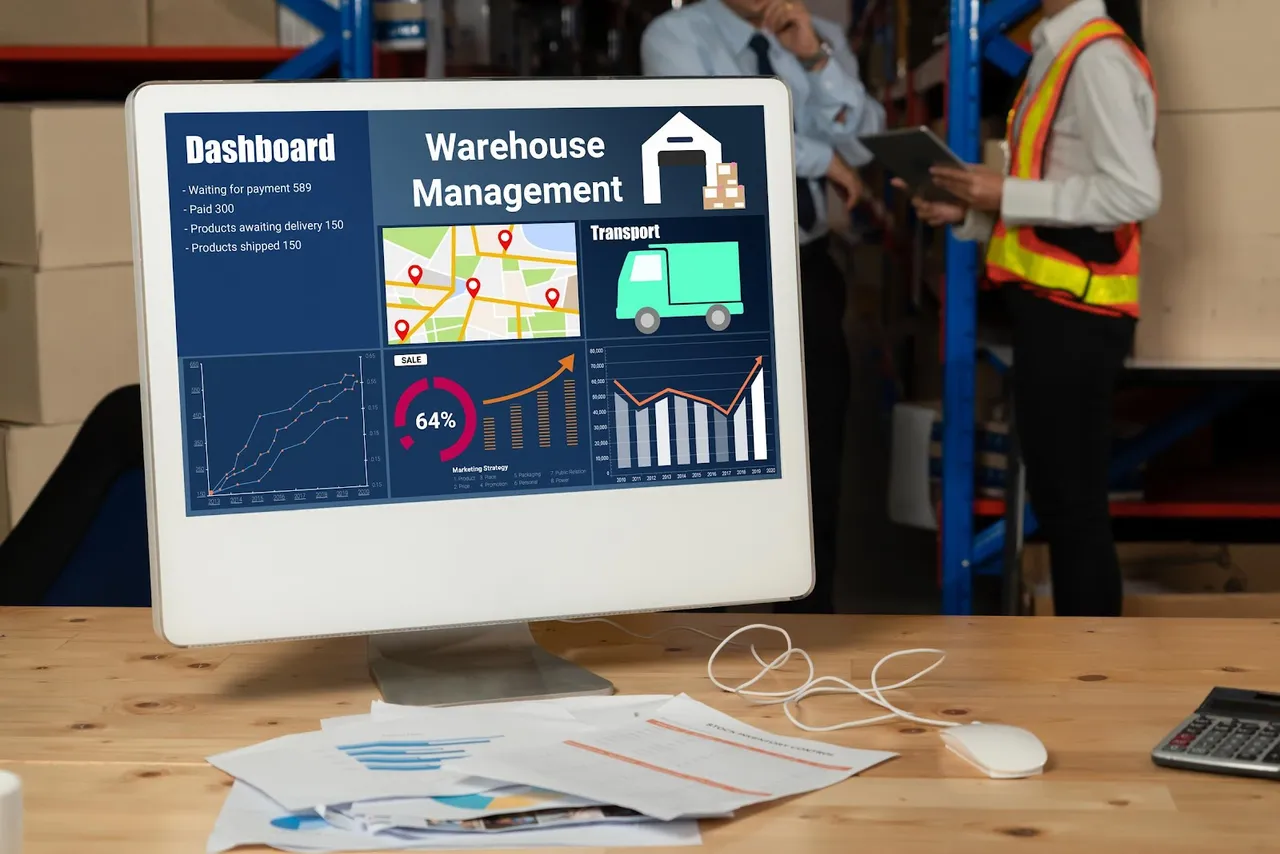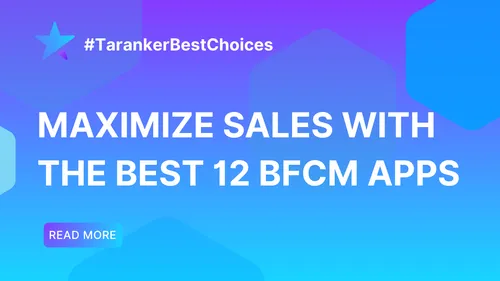Managing inventory during peak seasons, like the holidays, is challenging yet essential for meeting customer demands and maximizing sales. An effective inventory strategy ensures products are stocked, minimizes backorders, and prevents lost sales. Here are the best practices to optimize inventory management for high-demand seasons.
1. Analyze Past Sales Data to Forecast Demand

Forecasting based on historical data helps predict inventory needs. Analyze sales trends from previous high-demand seasons to understand which products tend to sell quickly. Tools like Google Analytics or inventory management software can assist in identifying peak items and periods, allowing you to make data-driven stock decisions.
For detailed steps on managing Shopify inventory, check out 6 Essential Steps to Manage Inventory in Shopify.
Action Steps:
-
Review previous holiday or seasonal sales data.
-
Identify fast-selling and seasonal products to ensure adequate stock levels.
2. Prioritize Inventory with ABC Analysis

ABC analysis divides inventory into three categories:
-
A: High-value items with lower sales frequency.
-
B: Moderate-value items with moderate sales.
-
C: Low-value items with high sales frequency.
Prioritizing stock for each category helps you allocate resources effectively. For example, ensure high stock levels for high-demand (C-category) products during peak seasons while maintaining reasonable quantities of lower-demand (A-category) items.
Action Steps:
-
Organize products into A, B, and C categories.
-
Allocate stock levels based on anticipated demand for each category.
3. Automate Inventory Management

Automation tools simplify inventory tracking, minimize human error, and streamline restocking processes. Using software like TradeGecko or Zoho Inventory, you can automate stock level tracking, reorder alerts, and order fulfillment processes, reducing the risk of stockouts or overstocking during high-demand periods.
Action Steps:
-
Implement inventory management software to track and automate processes.
-
Set reorder points and receive alerts for products nearing depletion.
4. Maintain Strong Supplier Relationships

Good supplier relationships are vital for rapid inventory replenishment during high-demand seasons. Share your sales forecasts with suppliers in advance, ensuring they’re prepared to handle increased orders. Reliable suppliers are essential for minimizing disruptions and ensuring timely restocking.
Action Steps:
-
Communicate with suppliers about anticipated demand.
-
Discuss flexible terms for faster shipping or order adjustments if demand surges unexpectedly.
5. Use Safety Stock to Avoid Stockouts

Safety stock serves as a buffer against unexpected demand spikes or supply chain delays. Calculate safety stock levels for your best-selling items and add extra inventory for high-demand seasons to avoid stockouts. Aim to balance enough stock to meet demand without overstocking, which can tie up capital.
Action Steps:
-
Calculate safety stock for essential products.
-
Adjust safety stock levels according to projected holiday or seasonal sales volume.
6. Implement First-In, First-Out (FIFO) Inventory Management

The FIFO method ensures older inventory sells before newer stock, reducing the risk of outdated or unsellable stock. This is particularly important for products with expiration dates, like perishable items or season-specific goods.
Action Steps:
-
Organize stock by arrival date, placing older stock at the front.
-
Train staff on FIFO processes to streamline order fulfillment.
7. Monitor Real-Time Inventory Levels

Real-time monitoring helps prevent overselling, especially if you sell across multiple platforms like Amazon, eBay, or your website. Integrate inventory management software that syncs across all sales channels to maintain accurate stock levels. This also helps reduce customer frustration from canceled orders due to stockouts.
For sourcing inventory efficiently, consider exploring 10 Best Shopify Product Sourcing Apps to Boost Your Store in 2024.
Action Steps:
-
Use real-time inventory management software compatible with multiple sales channels.
-
Regularly audit stock levels to confirm accuracy and prevent discrepancies.
8. Create a Contingency Plan

High-demand seasons can present unexpected challenges, from supplier delays to logistical issues. Having a contingency plan that includes backup suppliers, alternate shipping methods, and additional storage options ensures you’re prepared to tackle these challenges without impacting customer satisfaction.
Action Steps:
-
Identify alternate suppliers and logistic partners.
-
Set aside emergency funds to address unforeseen disruptions.
9. Implement a Clear Returns Management System

The return rate often increases during high-demand seasons, particularly around the holidays. A clear, efficient return process helps manage restocking and inventory adjustments smoothly. Establish guidelines for inspecting returned items and restocking them quickly to maintain accurate stock levels.
Action Steps:
-
Develop a standardized return process and train staff accordingly.
-
Automate return notifications and inspections for quick restocking.
10. Communicate Inventory Status to Customers

Keep customers informed about stock availability and shipping times to manage expectations. Use labels like “low stock,” “backorder available,” or “pre-order now” on product pages to encourage faster purchasing decisions and maintain transparency.
Action Steps:
-
Display real-time stock levels on product pages.
-
Set up alerts for customers when out-of-stock items become available.
Conclusion
Implementing effective inventory management practices during high-demand seasons helps maximize sales, prevent stockouts, and ensure a smooth shopping experience. From forecasting demand to automating processes and building contingency plans, these strategies allow your business to handle increased seasonal demand confidently and efficiently. With the right preparation, you’ll be well-positioned to turn peak seasons into periods of growth and profitability.













